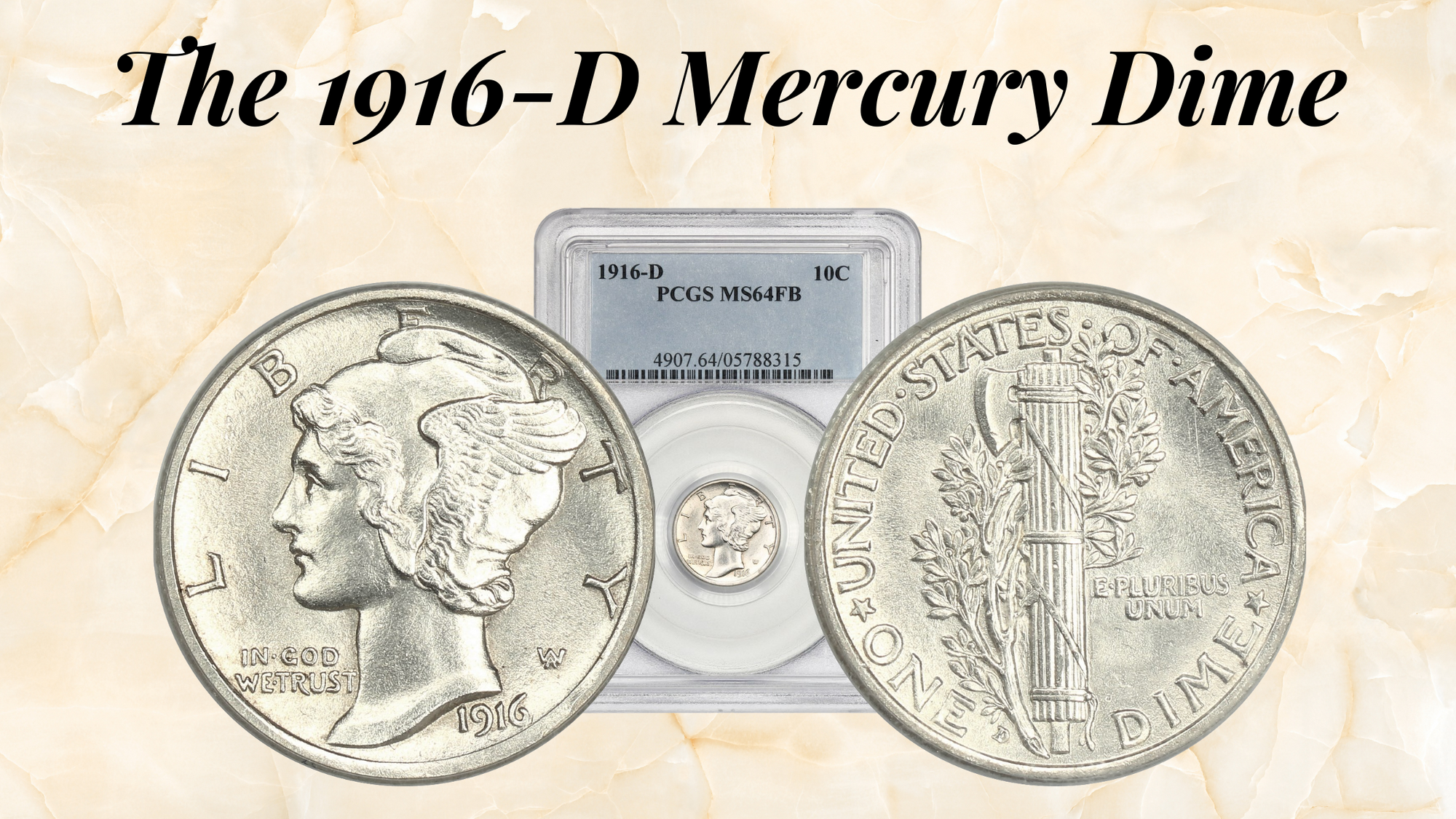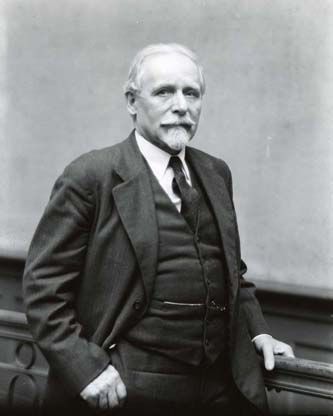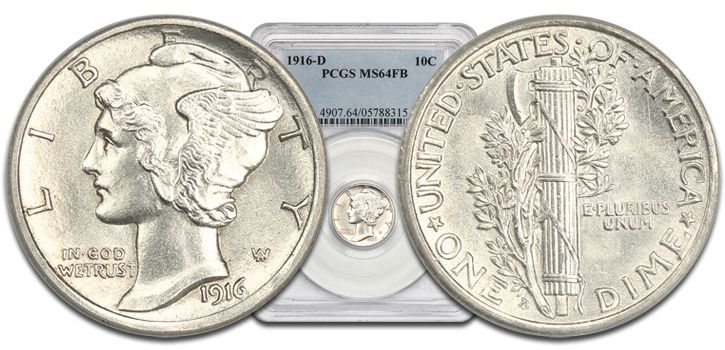The 1916-D Mercury Dime

Throughout the first decade of the 1900s there was a strong push to redesign the nation’s coinage, which many believed to inadequately represent the nation. In part due to the President Theodore Roosevelt's involvement in selecting artists, the redesigns of the double eagle, gold eagle, half eagle and quarter eagle were well received, as were the introduction of the Lincoln Cent and Buffalo Nickel in 1909 and 1913 respectively. There remained a large degree of dissatisfaction with the Barber designs that had run since 1882, but because of the Coinage Act of 1890, new designs were not permitted to be changed any sooner than 25 years.
In late 1915, Robert Wooley, Director of the U.S. Mint, began the search to replace the Barber Coinage. He aspired to break from tradition, and feature three separate designs on the dime, quarter, and half-dollar. The resulting coins were the Walking Liberty half dollar, Standing Liberty quarter and Mercury dime, some of the most highly regarded designs of US coinage history.
Director W0oley and the Commission of Fine Arts began by asking Chief Engraver Charles Barber to submit new designs. When these failed to impress, the Commission contacted three respected American sculptors for design submissions. Hermon MacNeil's design was selected for the quarter-dollar while Adolph A. Weinman designed both the dime and half-dollar. Although the petulant Chief Engraver did everything in his power to create difficulties for the artists, by the end of 1916 the United States had new silver coinage which proved to be enduringly popular.

Perhaps most interestingly, Weinman's Mercury dime wasn’t actually intended to represent the Roman god Mercury at all. The original intention was that the winged pilius, known as a liberty cap, was meant to symbolize “Liberty of Thought.” The inclusion of the wings was largely due to Weinman's enjoyment of feathers when used in relief, as with the Saint-Gaudens design. Unfortunately, the public confused the image with messenger god Mercury, and Weinman’s intentions were soon lost.
All three designs were first produced in 1916, and while the Philadelphia and San Francisco mints ramped up dime production, the Denver Mint focused on quarters for most of the year. They eventually got around to minting the new Mercury dimes, but far fewer were produced in Denver than at either of the other mints. In fact, the 1916-D is the only Mercury dime of the entire series with a mintage under one million. Only 264,000 were minted, creating an instant rarity. Compared to the 22 million struck in Philadelphia and 10.5 million in San Francisco, this is a wildly small number.
Today, the 1916-D is the undisputed king of Mercury dimes and one of the top key dates of the 20th century. Unfortunately, they are also widely counterfeited, making it very important to only purchase certified examples unless you’re an expert in the date. Even low grades are in high demand, with anything graded VG08 or higher consistently bringing over $1,000 in auction.

Graded pieces at PCGS top out at 10 examples graded MS67 Full Bands, one of which sold in March 2020 for $204,000. For the more budget-conscious collector, we have a stunning white MS64 Full Bands example up for auction that won’t break the bank. Prices double for an MS65 with very little noticeable difference in quality, making this lustrous beauty a great value.
If you have any questions about our auctions, Mercury Dimes or anything else numismatically related, don't hesitate to email coins@davidlawrence.com or call 800-776-0560.
Update: This coin sold in Auction #1138 on October 11th for $23,500.
